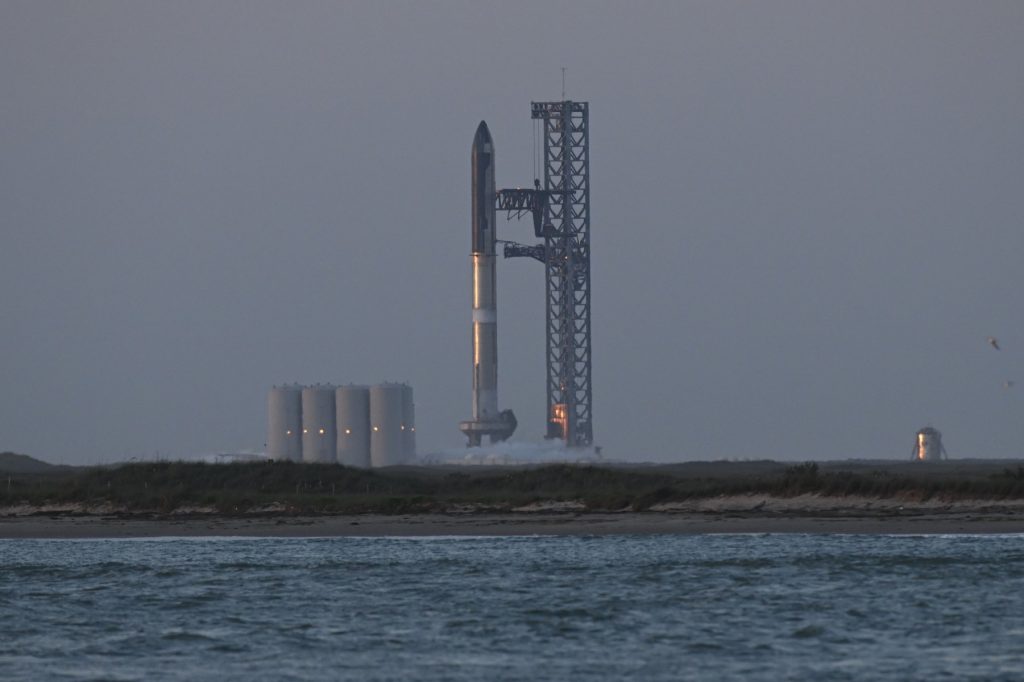Elon Musk’s SpaceX Starship, is getting ready for a test flight.
On Monday, SpaceX began counting down to the launch of Starship, the most potent rocket ever created and the vehicle that will carry astronauts to the Moon, Mars, and beyond.
According to SpaceX, the massive rocket was being fueled and was set to take off from Starbase, the company’s spaceport in Boca Chica, Texas, at 8:20 a.m. Central Time (1320 gmt).
If Monday’s launch attempt is postponed, fallback times are scheduled for later in the week, something billionaire SpaceX creator Elon Musk suggested was a likely possibility.
“It’s a very risky flight,” Musk said in a live event on Twitter Space on Sunday. “It’s the first launch of a very complicated, gigantic rocket.
“There’s a million ways this rocket could fail,” he added. “We’re going to be very careful and if we see anything that gives us concern, we’ll postpone.”
Musk said he wanted to “set expectations low” because “probably tomorrow will not be successful – if by successful one means reaching orbit.”
The United States space agency NASA has picked the Starship spacecraft to ferry astronauts to the Moon in late 2025 – a mission known as Artemis III – for the first time since the Apollo programme ended in 1972.
The Starship is a 164-foot (50-meter) tall spacecraft that can carry people and cargo. It is mounted on top of a first-stage Super Heavy rocket that is 230 feet tall.
The spaceship and the Super Heavy rocket, collectively known as Starship, have never taken off together, despite the spacecraft’s several sub-orbital test flights on its own.
Just three minutes after launch, if everything goes as planned, the Super Heavy rocket will separate from Starship and splash down in the Gulf of Mexico.
The six-engined Starship will continue to ascend to a height of close to 150 miles before making a nearly complete rotation of the planet and splashing down in the Pacific Ocean roughly 90 minutes after launch.
“If it gets to orbit, that’s a massive success,” Musk said.
“If we get far enough away from the launchpad before something goes wrong then I think I would consider that to be a success,” he said. “Just don’t blow up the launchpad.
“The payload for this mission is information,” he said. “Information that allows us to improve the design of future Starship builds.”





